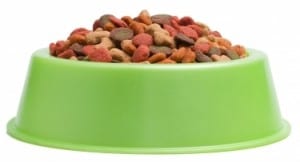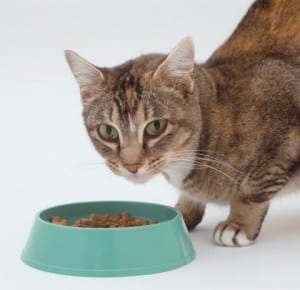 Everyone with a cat or dog knows they’re great company. Many pet owners see their furry friends as family members, and they make great snuggle-buddies. Did you know that they add other health benefits to human lives?
Everyone with a cat or dog knows they’re great company. Many pet owners see their furry friends as family members, and they make great snuggle-buddies. Did you know that they add other health benefits to human lives?
Cats and dogs protect children against developing allergies
This is particularly true for cats. A child under the age of one living with two or more cats or dogs has a smaller risk of developing allergies as he or she grows up. Living with pets is good for the human immune system.
Cats and dogs reduce stress in our lives
Petting a cat or dog has been shown to lower blood pressure and help humans relax. Pets have a knack for knowing when they’re needed, and even the most elusive kitty tends to show up when their human needs a friendly ear. Pet owners also adapt better to stressful situation than people without pets. And if anyone doubts the benefit of a dog, consider all the therapy and emotional support dogs that help people cope with everything from depression to post traumatic stress disorder.
Dogs keep us fit
The average American without a dog moves significantly less than the average dog owner. Daily walks, exercising, and playing with a dog helps us stay in shape, keep a healthy weight, and lessens the risk for health problems.
Pets give healthy hearts
The American Heart Association recently reported that pets help reduce the risk of cardiovascular diseases. Pet owners who suffer a heart attack recover quickly than people without pets. They also help lower cholesterol.
Pets improve our social lives
Walking a dog inspires conversations with other pet owners, neighbors, and strangers out for a stroll. Meeting new people and getting to know those around us battles isolation, loneliness, and depression.


 Bloat is a dangerous condition caused by a dog or cat eating too fast, sucking in air with their food or water. If this happens, the dog needs to see a vet immediately and might need emergency surgery.
Bloat is a dangerous condition caused by a dog or cat eating too fast, sucking in air with their food or water. If this happens, the dog needs to see a vet immediately and might need emergency surgery. Everyone who knows a dog has seen the bedding dance; walking around and around before lying down with a contented sigh. Ever wonder why they do that?
Everyone who knows a dog has seen the bedding dance; walking around and around before lying down with a contented sigh. Ever wonder why they do that? Good ideas to keep the pet’s weight under control include:
Good ideas to keep the pet’s weight under control include: Most dogs are super-curious, and summer invites to investigation. That’s usually not a problem, unless you have one of those dogs that try to eat everything, or play catch with wasps and bees.
Most dogs are super-curious, and summer invites to investigation. That’s usually not a problem, unless you have one of those dogs that try to eat everything, or play catch with wasps and bees. A recent
A recent  Dogs can’t sweat. They pant to cool themselves off, but it’s not the most efficient system. Another risk for dogs is that they’re generally eager to please their owners and will not stop playing or even indicate that something is wrong until it is too late and heatstroke is a fact.
Dogs can’t sweat. They pant to cool themselves off, but it’s not the most efficient system. Another risk for dogs is that they’re generally eager to please their owners and will not stop playing or even indicate that something is wrong until it is too late and heatstroke is a fact. Cats should not eat dog food. Dogs can eat cat food just fine, but cats should not eat dog food. Cats and dogs are more different than meets the eye, and they have vastly different nutritional needs.
Cats should not eat dog food. Dogs can eat cat food just fine, but cats should not eat dog food. Cats and dogs are more different than meets the eye, and they have vastly different nutritional needs.